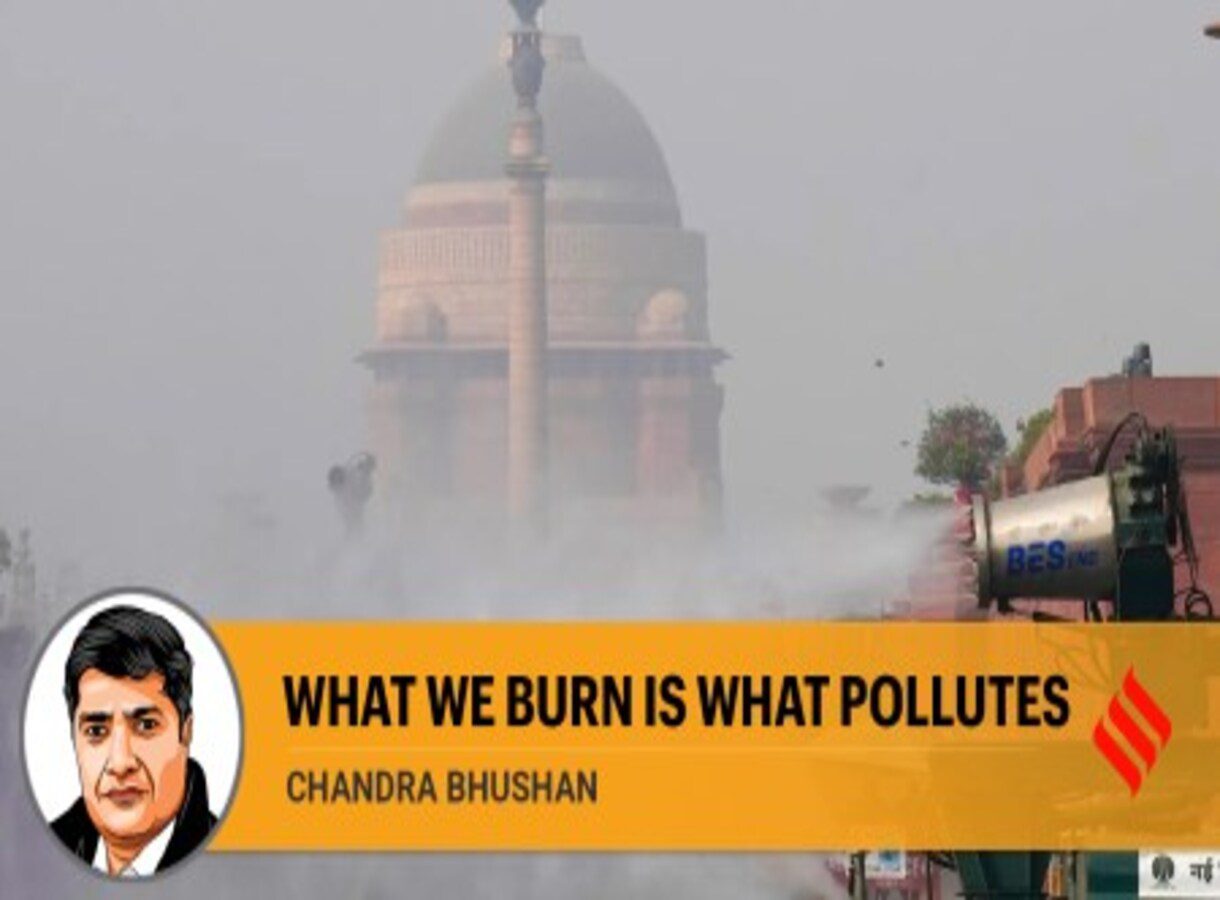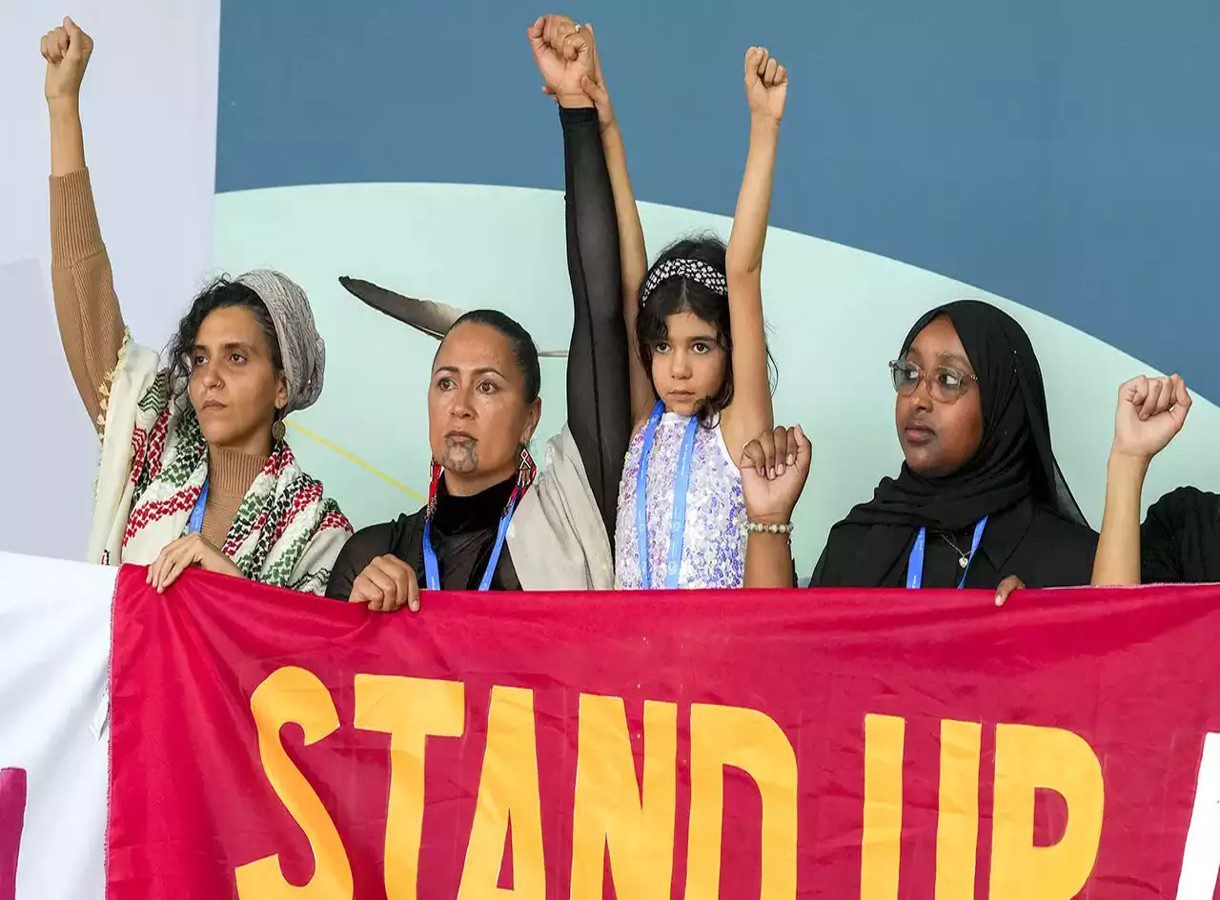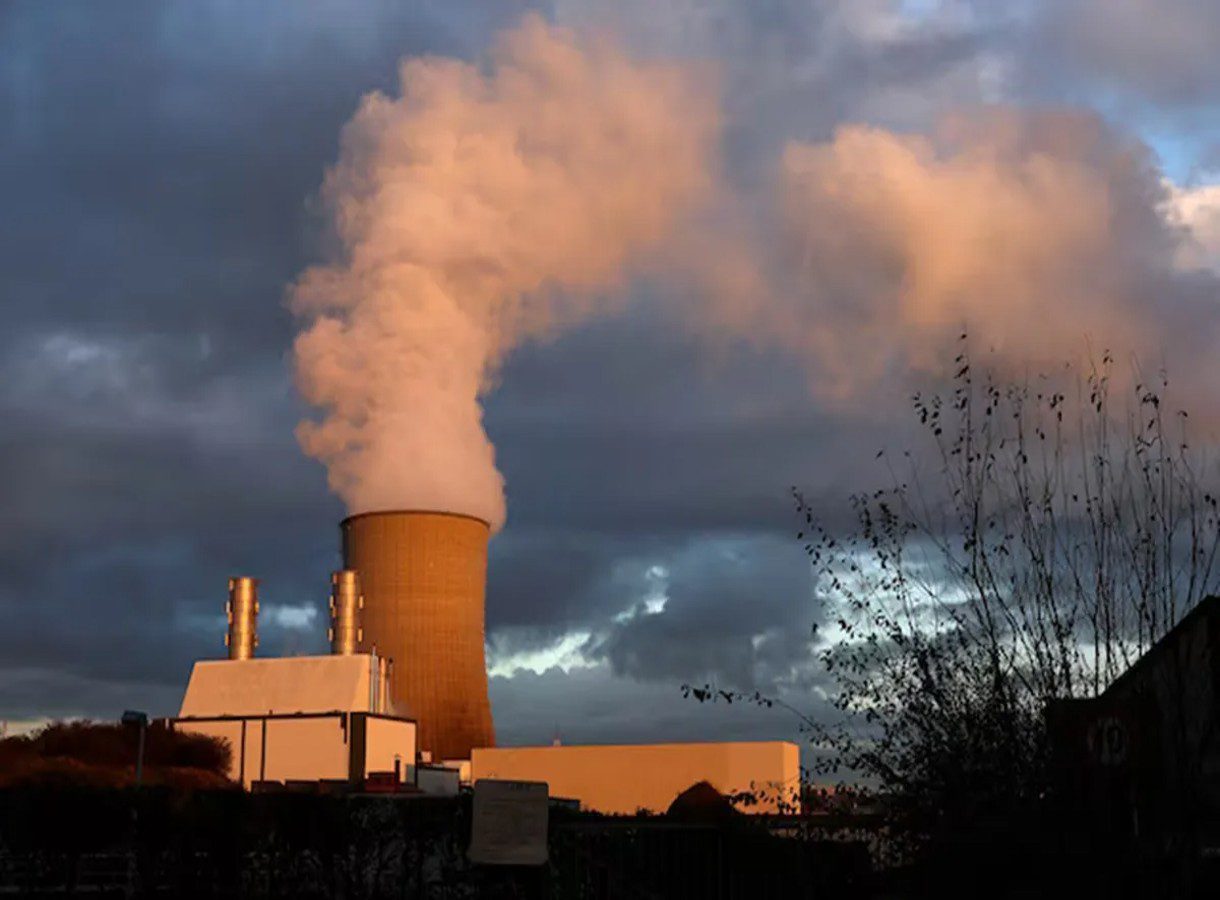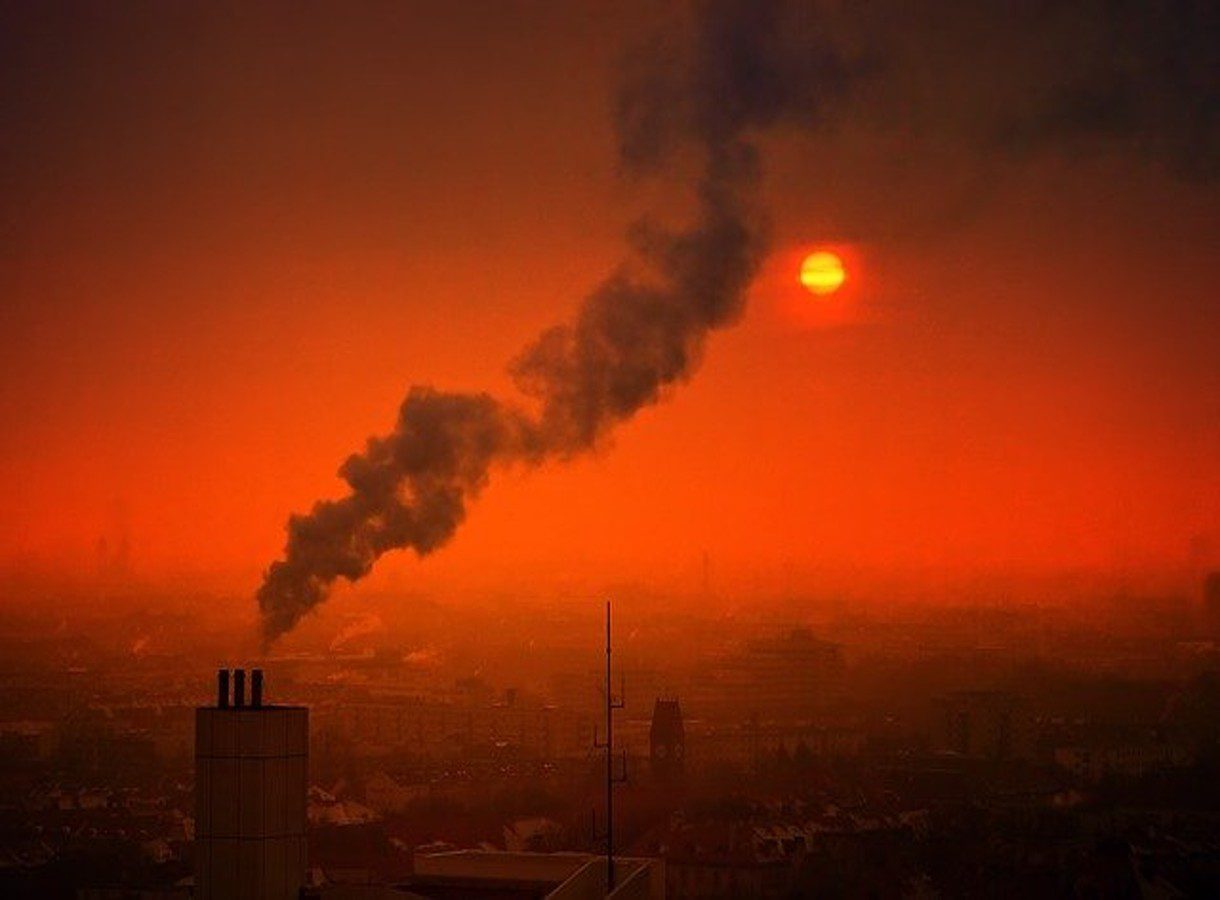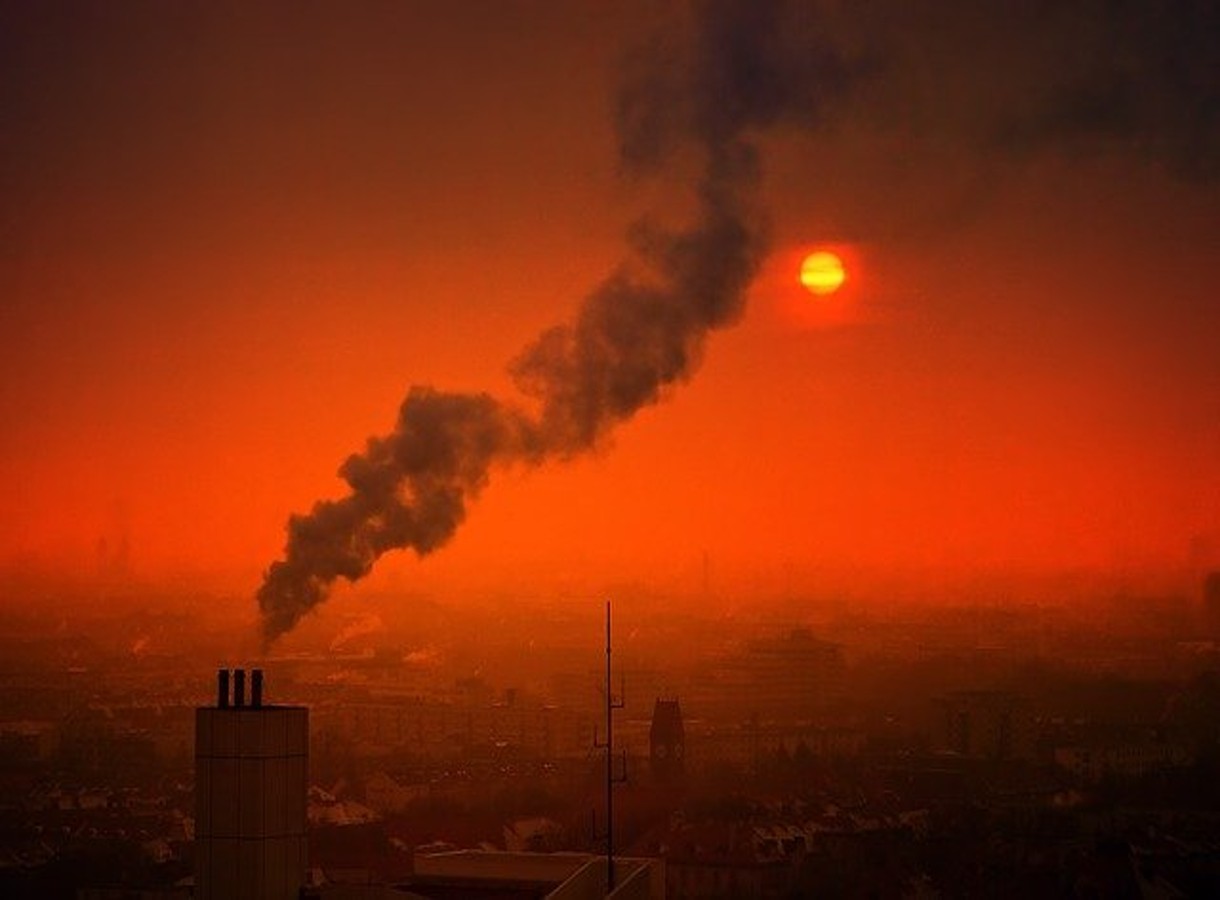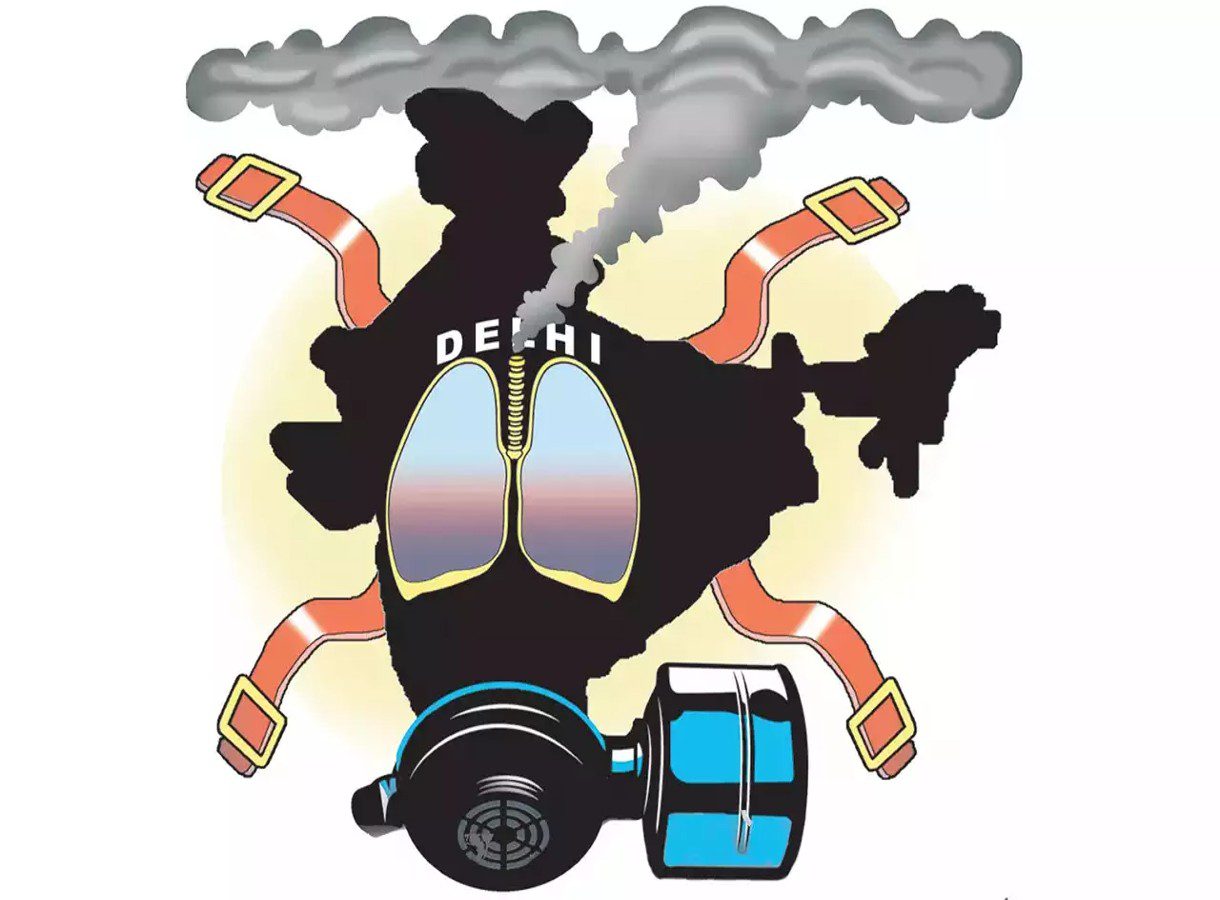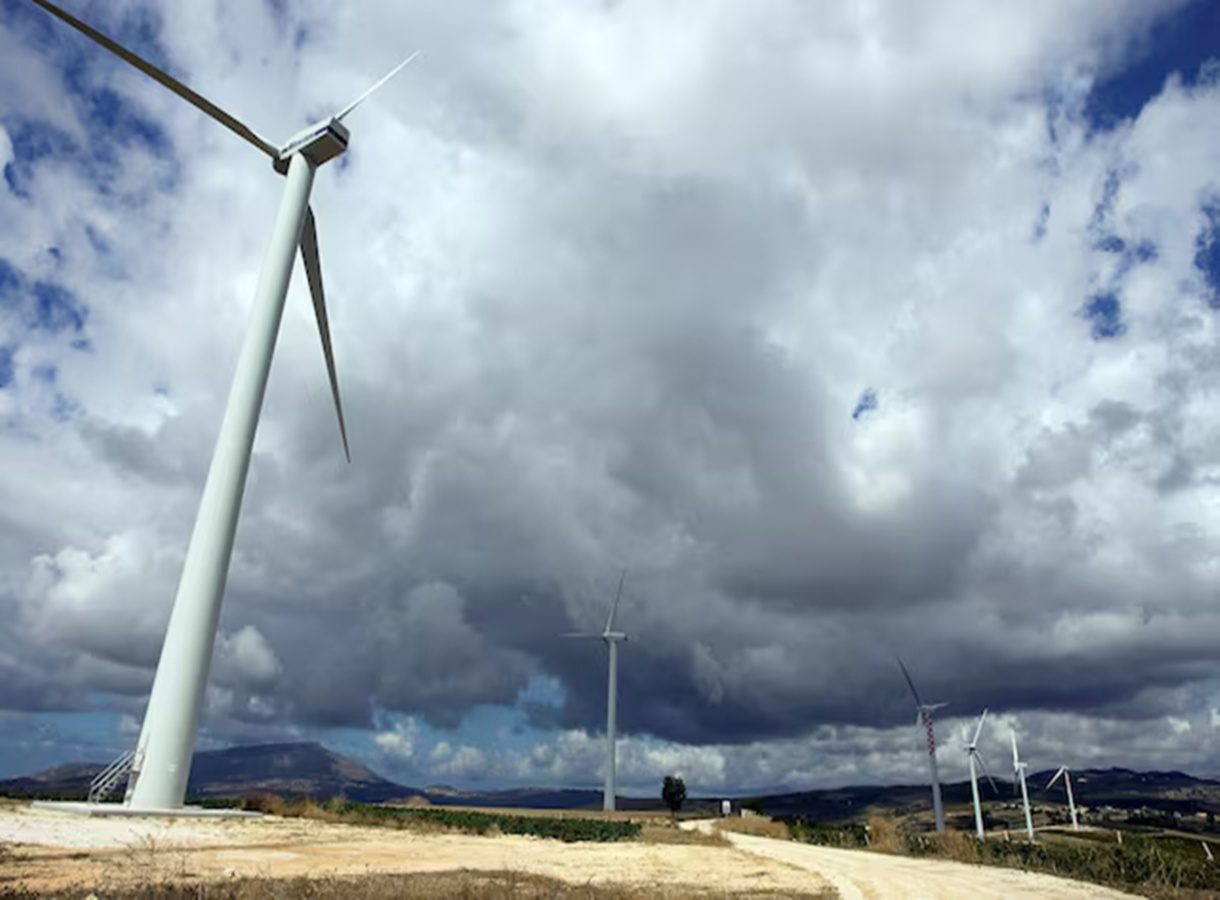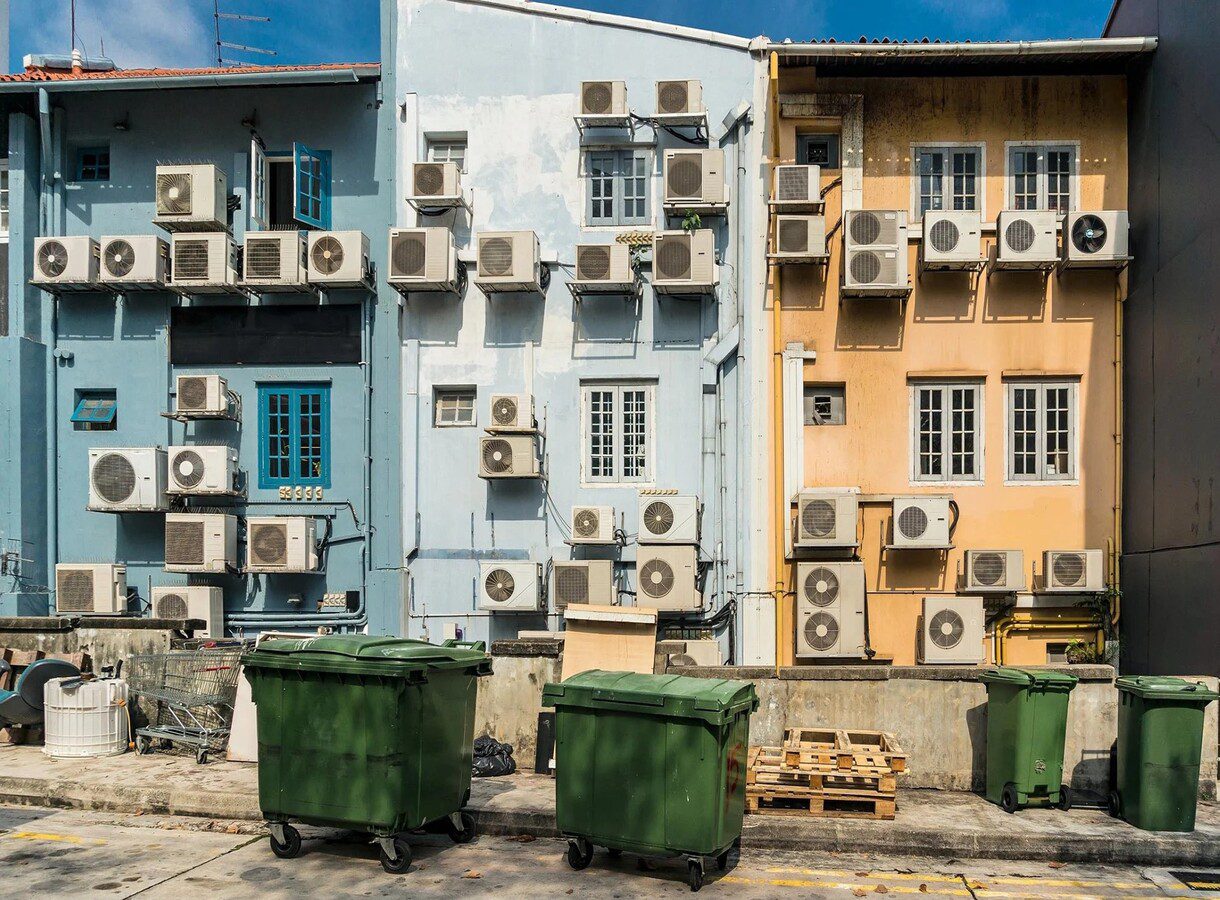Acknowledging the true impact and sources of our pollution crisis is the first step toward meaningful action
A quarter-century ago, over 200 scientists from the US, Europe, the Maldives, and India came together to study the haze over the Indian Ocean. Led by atmospheric scientist V Ramanathan of the Scripps Institution of Oceanography in California, the Indian Ocean Experiment (INDOEX) undertook intensive field observations using aircraft, ships, surface stations, and satellites. They discovered a giant brown layer of cloud hanging over much of the Indian Subcontinent and the Indian Ocean between October and February, which they termed the Indian Ocean Brown Cloud or Asian Brown Cloud. INDOEX revealed that this layer was primarily created by the burning of biomass in fields and homes, as well as fossil fuels like coal in industries, and that it traveled thousands of kilometres. The study also found that the haze significantly affected regional temperatures, precipitation patterns, and ground-level pollution, reducing agricultural productivity and causing widespread respiratory and cardiovascular diseases.
When the UN Environment Programme published the INDOEX report in 2002, some prominent Indian scientists called it sensationalist and argued that the “Indian Ocean” or “Asian” Brown Cloud was not unique to India or Asia and should, therefore, be renamed. Because of their opposition, the name was changed to “Atmospheric Brown Cloud with a Focus on Asia”. Governments in South Asia ignored the report.
This episode underscores two key points: First, the causes of air pollution have been known for at least 25 years and second, we have been avoiding the issue for just as long. By injecting ideology and politics into what should be a straightforward matter, we continue to muddy the waters. Debates over rich versus poor, farmers versus city-dwellers, SUVs versus cook stoves, and Diwali versus stubble burning have stalled real action.
The result of this obfuscation is that today, from Amritsar in Punjab to Agartala in Tripura, an arc of brown haze, up to 3 km thick, has engulfed the Indo-Gangetic plains (IGP), impacting lives, livelihoods, and the economy. While pollution levels are severe in the IGP, air quality is poor across the country. Most Indian cities fail to meet national ambient air quality standards, which are quite lenient compared to WHO’s health-based guidelines. The primary cause of this pollution remains the same as what Ramanathan and his colleagues identified 25 years ago.
In a study conducted by my colleagues and me in 2023, we estimated that India emits about 52 lakh tonnes of PM2.5 (particulate matter less than 2.5 microns in size, which has high health impacts) annually, excluding dust from natural and manmade sources. Around 48 per cent of these emissions come from biomass use — such as agricultural residue, fuelwood, and dung cakes — for cooking and heating in homes. Stubble burning contributes an additional 6.5 per cent, making biomass burning responsible for 55 per cent of total PM2.5 emissions.
Industry and power plants are the second-largest emitters, contributing about 37 per cent, primarily from coal burning. The transport sector, a major focus of air pollution mitigation, contributes about 7 per cent of the emissions, while the remainder comes from sources such as open garbage burning.
These findings are not surprising if we follow the dictum: What we burn the most, pollutes the most. In India, we burn about 220 crore tonnes of fuel and waste. Of this, 85 per cent is coal and biomass, while 15 per cent comprises other fuels such as petrol, diesel, and natural gas. Naturally, most of our pollution is due to burning biomass and coal. Additionally, dust from roads, construction sites, and barren land contributes to particulate pollution, especially PM 10.
To address air pollution decisively, we must follow a scientific approach, and move beyond optics like odd-even, construction bans and artificial rain, and instead focus on the real solution – energy transition. Shifting households to LPG, biogas, or electricity for cooking and heating will eliminate a significant proportion of PM 2.5 emissions. It will also prevent 8,00,000 premature deaths, caused by exposure to PM 2.5 inside homes. Though challenging, this is achievable through targeted policy initiatives like a new PM Ujjwala Yojana that provides sufficient incentives to encourage low-income households to move away from traditional biomass.
Similarly, energy transition in industry, especially in MSMEs, along with rigorous monitoring and enforcement, is necessary to reduce pollution. A programme encouraging MSMEs to adopt cleaner fuel and technologies, such as electric boilers and furnaces, could curb emissions significantly. Law enforcement of stringent pollution norms is a basic necessity for larger industries and thermal power plants. For that, the modernisation of pollution control boards is urgently required.
On the other hand, eliminating stubble burning is essential to decrease severe and hazardous pollution days in October and November. Technological interventions along with incentives/ disincentives can solve this problem. The simplest technological solution is to modify or mandate combine harvesters that cut closer to the ground, like manual harvesting, leaving minimal stubble behind. Additionally, an incentive of Rs 1,000 per acre — similar to what the Haryana government provides — could encourage sustainable stubble management, along with fines and exclusion from government schemes for those who continue to burn.
As far as automobiles are concerned, scaling up electric vehicles and public transport is crucial. This will need clear targets for EV adoption and the promotion of public transport as a lifestyle choice. Lastly, to reduce local sources of pollution — dust from roads and construction, garbage burning, and traffic congestion — local bodies must be strengthened and held accountable.
Real progress will only begin once we accept the science. Acknowledging the true impact and sources of our pollution crisis is the first step toward meaningful action.
